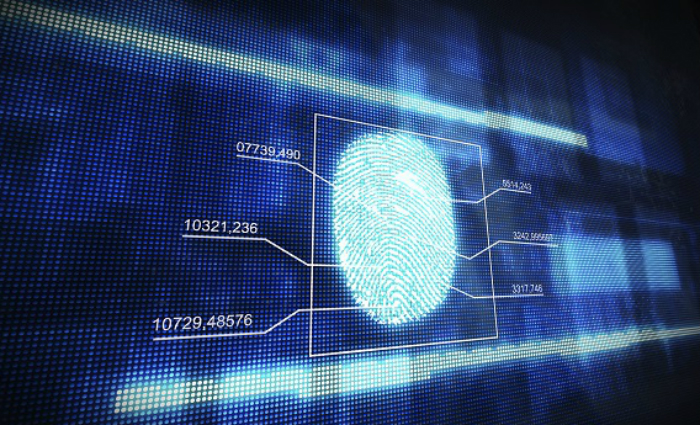Research company Smithers Pira has amassed new data pointing to growth for the anti-counterfeiting, brand protection and security packaging market that will see it reach US$3.6bn ($5.2bn) in 2022.
The data lists diverse ongoing threats, new regulatory requirements for life critical products, and technical evolution as factors that will fuel market growth for anti- counterfeiting packaging technologies across the next five years.
It says that regulatory developments will impact positively on this market in developed economies. These include new obligatory labelling and use of tamper evidence fixtures in US and EU for life-critical products, such as food, beverages, pharmaceuticals and industrial components. Other countries including China, India, South Korea, Brazil and Turkey have introduced measures designed to tighten supply chain security for the pharmaceuticals industry. Meanwhile the Framework Convention on Tobacco Control from the World Health Organization will mandate the use of track-and-trace systems.
Rudie Lion, author of the report, says, “Track-and-trace is the largest technology group with a projected market share of 37% in 2017, followed closely by dedicated tamper evidence technologies with 34% of market value. Track-and-trace technologies are forecast to grow during the forecast period at the fastest rate.
“There will be some decline in growth rates for physical components. But the reason for this is that the vast majority of investments will occur in equipment, software and management systems; as there is a greater emphasis on printable security features and codes. Dedicated tamper-evident technology is a mature market and is set to grow at the slowest rate of the four major technologies examined.
“He says the problem has been compounded by the extension of trade zones that make it easier for counterfeit goods to cross international borders. As losses from counterfeit and stolen goods continue to rise, technology suppliers are responding to the supply chain security, product authentication and loss prevention needs of retailers and brand owners with more cost-effective and sophisticated brand protection technologies. In response consumers, brands and enforcement authorities are increasingly using mobile digital channels, such as smartphones to authenticate genuine items.
Food, the largest end-use market for brand protection, accounts for a projected 38.8 per cent market share in 2017. Industrial comes second followed by other consumer goods. The market for brand protection should register moderate growth over the five-year period across all six end-use markets examined. It forecasts other consumer goods to grow at the fastest rate, followed closely by pharmaceuticals and industrial.
The Future of Anti-counterfeiting, Brand Protection and Security Packaging to 2022 uses a combination of qualitative, quantitative and interpretive data.
Given the secretive nature of the brand protection industry and the integration of packaging and anti-counterfeiting technologies, the information in this report was developed using two approaches. First, extensive research was conducted to determine the main reasons for brand owners deciding to deploy brand protection technologies. Second, the annual budget brand owners allocated to each of the drivers were measured, estimated, and modelled. Results were then consolidated to produce market forecasts by technology, end-use application, and region.
Security packaging set for growth


